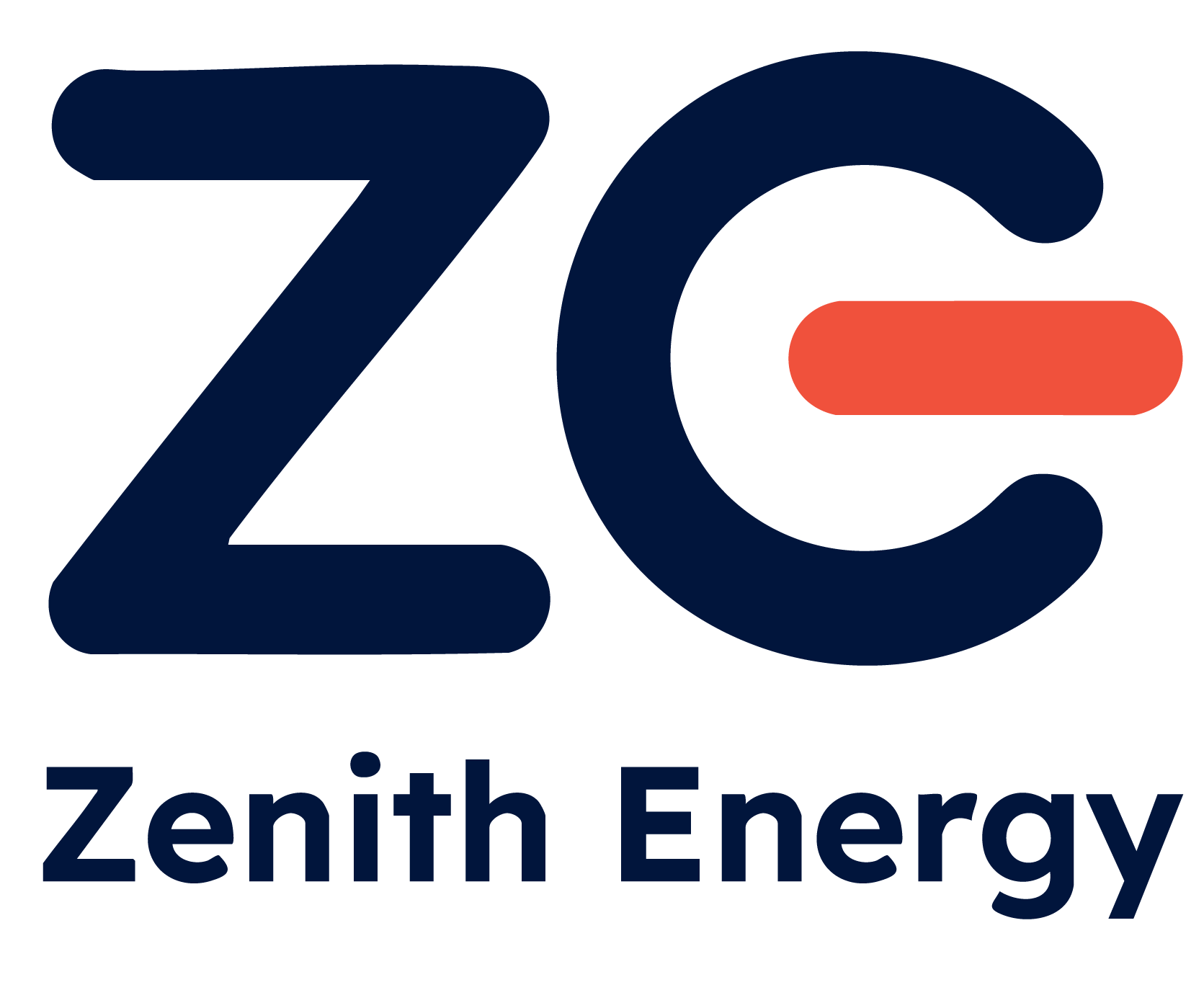Adopting sustainable and ecologically friendly practices is crucial in a world that is changing quickly. Industries, which are important engines of economic growth and development, are under increasing pressure to adopt greener practices that not only lessen their impact on the environment but also improve their financial performance.
In helping businesses achieve both environmental sustainability and financial savings, energy efficiency plays a pivotal role. The industrial sector has a huge potential for major energy and carbon footprint reduction through the adoption of energy-efficient techniques and technology. The industrial sector is a large contributor to energy consumption and greenhouse gas emissions. In this article, we’ll examine how energy efficiency increases industrial profitability while preserving the environment.
The Power of Energy Efficiency:
Energy efficiency has become a key strategy in our quest for a sustainable and environmentally friendly future. Improved energy production, delivery, and consumption will enable us to significantly reduce our environmental impact while receiving a number of benefits.
Numerous advantages of energy efficiency include financial savings on energy, increased comfort, and a reduction in greenhouse gas emissions and climate change.
The future becomes a little bit brighter, cleaner, and more sustainable with each modest step taken in the direction of energy efficiency, whether it be through the use of energy-efficient appliances, the implementation of bright architectural designs, or the development of mindful energy consumption habits.
Exploiting Energy Efficiency’s Potential in the Industrial Landscape Energy use is a crucial component that influences operational costs and environmental effect in the fast-paced industrial world.
Fortunately, there are abundant energy-saving opportunities for industrial enterprises to explore. Industries may significantly increase their ability to save energy by introducing cutting-edge technology and procedures as well as conducting thorough energy audits to find inefficiencies.
A few of the techniques include retrofitting equipment with energy-efficient replacements, streamlining production schedules, and putting in place sophisticated energy management systems.
Industries may improve their bottom line by taking advantage of these energy-saving options while A manufacturing environment that prioritizes energy efficiency gains lower costs, improved competitiveness, and increased sustainability.
The time has come for industries to utilize energy-saving measures and pave the way for a more successful and sustainable future.
Optimizing Energy Consumption Patterns in Industries:
- For industries striving towards sustainability and cost-effectiveness, understanding and optimizing energy consumption patterns is crucial.
- Analysing and monitoring their energy usage allows industrial companies to identify inefficiencies and implement targeted improvement initiatives.
- Keeping an eye on peak energy demand, identifying energy-intensive processes, and exploring prospects for load-shifting or demand-response programs are essential steps in effectively managing energy consumption.
- Combining smart meters, sensors, and energy management systems can also provide up-to-the-minute insights into energy usage trends, assisting proactive resource allocation and decision-making.
- With a strong focus on energy consumption patterns, industrial sectors may unlock hidden energy efficiency possibilities, benefiting both the environment and their bottom line.
- By actively regulating their energy consumption, industries can make substantial progress toward attaining their sustainability goals while reducing waste and lowering operating costs.
Powering Profits through Energy Efficiency:
- Enhancing financial performance and sustainability is a top priority for industrial enterprises seeking energy cost reduction.
- Finding strategies to reduce energy costs can result in large savings because they account for a sizable number of operational expenditures.
- By utilizing energy-saving technology such as high-efficiency motors, variable frequency drives, and LED lights, productivity can be maintained or increased while drastically lowering energy usage.
- Furthermore, doing energy audits to locate energy wasters and implementing energy management systems can offer insightful information and enable proactive actions to improve energy usage.
- By proactively controlling energy costs, businesses may improve their bottom line, reduce their carbon footprint, and make a positive impact on the future.
- Cutting energy expenses in an industrial context is not only a prudent financial move but also a crucial step toward sustainable business practices.
Conclusion:
Industries can reduce their environmental impact and boost their financial performance by adopting energy-saving options and optimizing energy consumption habits The road to a greener planet and a healthier bottom line is paved with each step made toward energy efficiency in the industrial setting, from utilizing cutting-edge technologies to adopting sensible practices. By reducing greenhouse gas emissions, maintaining natural resources, and combating climate change, industries are crucial to preserving the planet for coming generations.
Also Read This: Energy Efficiency: Conservation, Sustainability.
Energy-efficient methods also increase competitiveness in a market that is growing more environmentally conscious, attract green investments, and open up opportunities for sustainable growth.
Let’s move forward and utilize the available energy-saving measures to fully realize the potential of energy efficiency. By doing this, we contribute to the development of a more robust, competitive, and profitable industrial landscape as well as the preservation of the environment for future generations.






